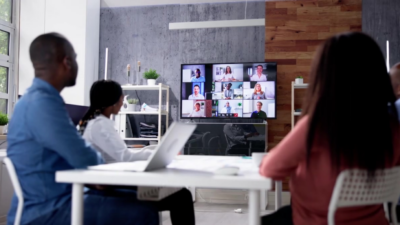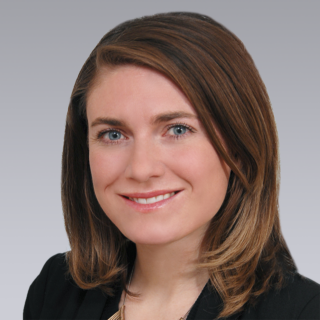The Q3 2021 numbers are in, and the signs are encouraging for the U.S. office market. The vacancy rate looks to be leveling off, the amount of sublease space is falling, and net absorption was positive for the first time since Q1 2020.
The U.S. office vacancy rate now stands at 14.9%, an increase of just 10 basis points in the third quarter. This follows a 320 basis points rise over the prior five quarters that mark the COVID-19 driven downturn. If this does represent peak vacancy for this cycle, it will be comfortably below the record peak of 16.3% seen at the height of the GFC.

Sublease space has been a key contributor to the increase in vacancy. There is now 202.3 million square feet of sublease space available across the U.S. office market, down from the record 208.8 million square feet posted one quarter earlier. While this remains significantly higher than the prior peak of 143.3 million square feet seen in Q2 2009, the third quarter saw the amount of sublease space fall for the first time since Q1 2019.
Net absorption, which measures the change in occupied office inventory, is turning positive in an increasing number of office markets. In Q2 2021, one-third of office markets saw positive absorption. This share rose to 56% in 3Q 2021.
Net absorption has also edged into positive territory at a national level. U.S. net absorption in Q3 2021 was 3.2 million square feet, making it the first time the national office market posted positive absorption since Q1 2020.
Three metro office markets posted over one million square feet of positive absorption in Q3 2021: Atlanta, South Florida, and New York. Austin, Nashville, and Salt Lake City also saw strong gains. Chicago and Los Angeles remain two of the more challenged major office markets, both experiencing over one million square feet of negative absorption in the third quarter.
Construction activity is down. There is 126.6 million square feet currently underway, which is down 23% from this cycle’s peak of 164 million square feet, seen one year earlier in Q3 2020. The New York Metro has by far the largest amount of ongoing construction, at 25.3 million square feet, followed by the San Francisco Bay Area with 12.3 million square feet.
While there are localized variations, the softening in market fundamentals has yet to result in any appreciable reduction in asking rates which are, by and large, holding firm. However, in the face of limited leasing activity, the gap between asking and effective rents continues to widen due to an increase in the concessions on offer.
Class A suburban asking rates held steady in the third quarter at $33.56 per square foot, but there was a slight decline in average Class A CBD asking rates which fell by 0.6% to $51.07 per square foot.
Where do we go from here? One quarter’s worth of data does not indicate a clear trend, but it is anticipated that further stabilization could occur in the fourth quarter. With more workers expected to return to the office by early 2022, there is cause for measured optimism.
One note of caution. Pressure on rents could increase next year as a greater number of active requirements emerge, and landlords compete to capture tenants that are in the market.

 Stephen Newbold
Stephen Newbold
 Anthony Shell
Anthony Shell
 Andrew Steele
Andrew Steele
 Aaron Jodka
Aaron Jodka Michelle Cleverdon
Michelle Cleverdon